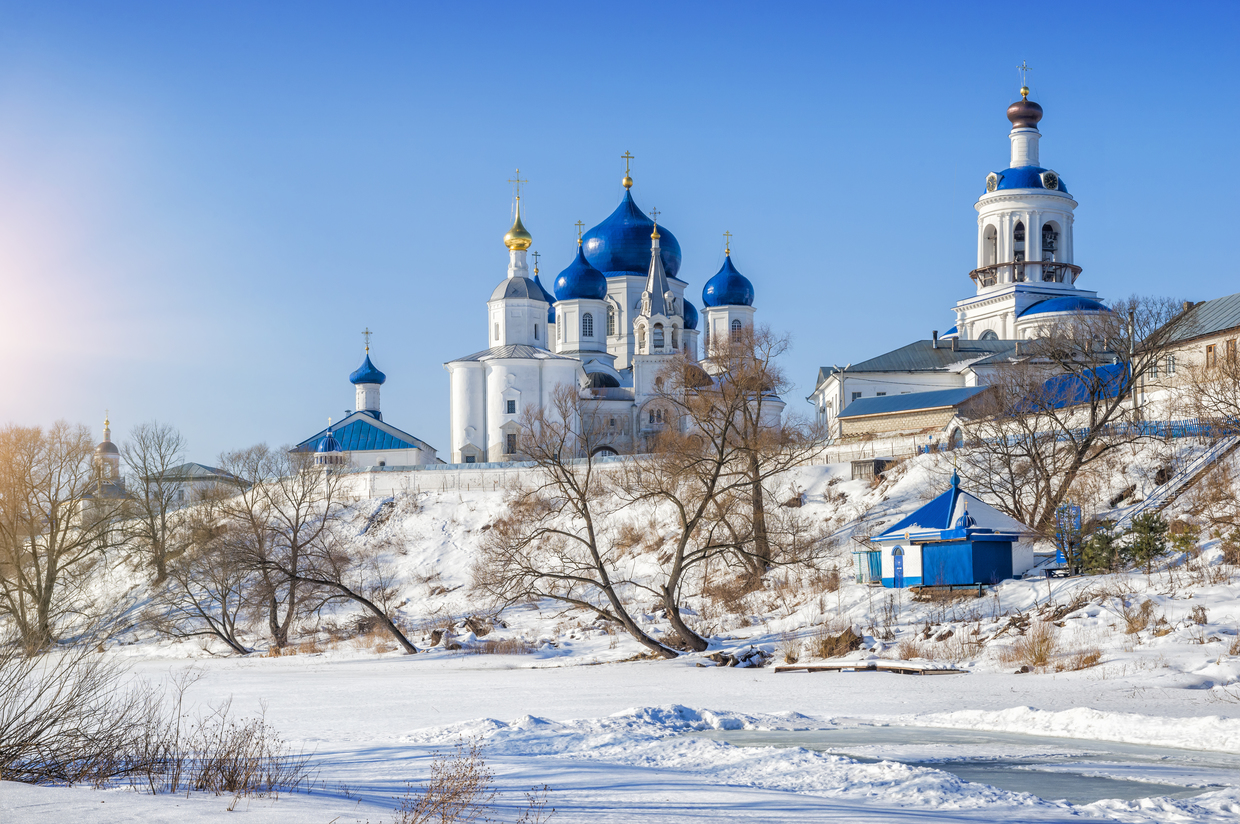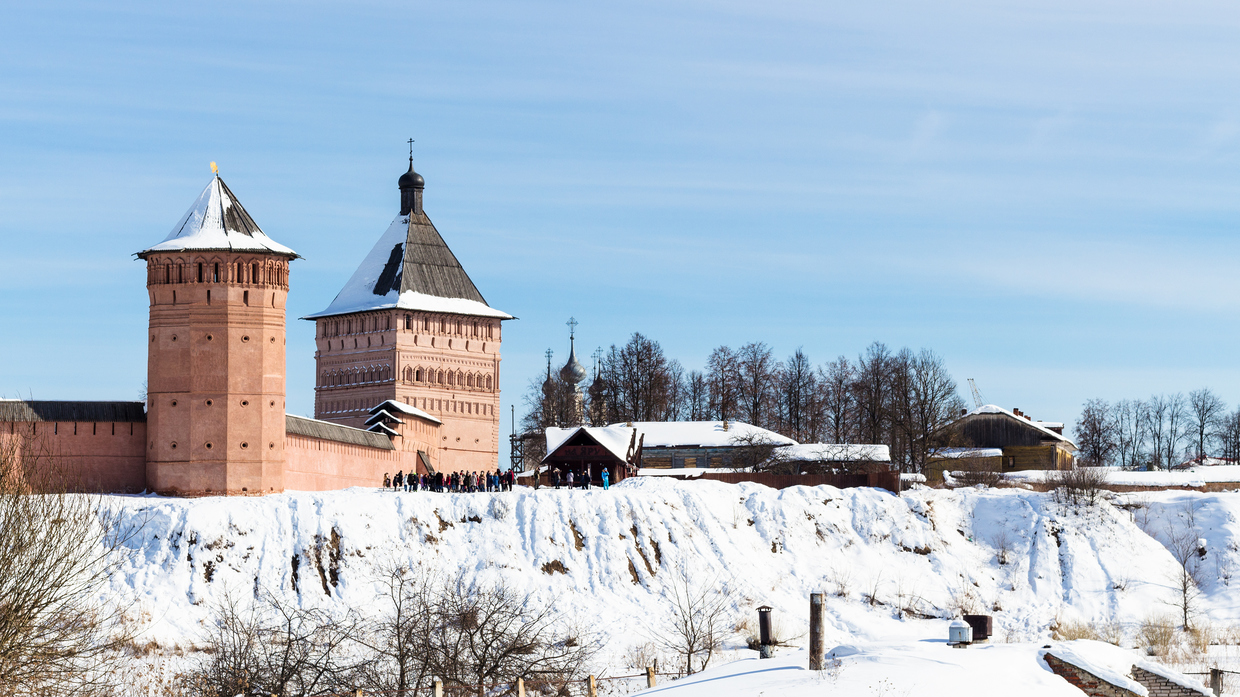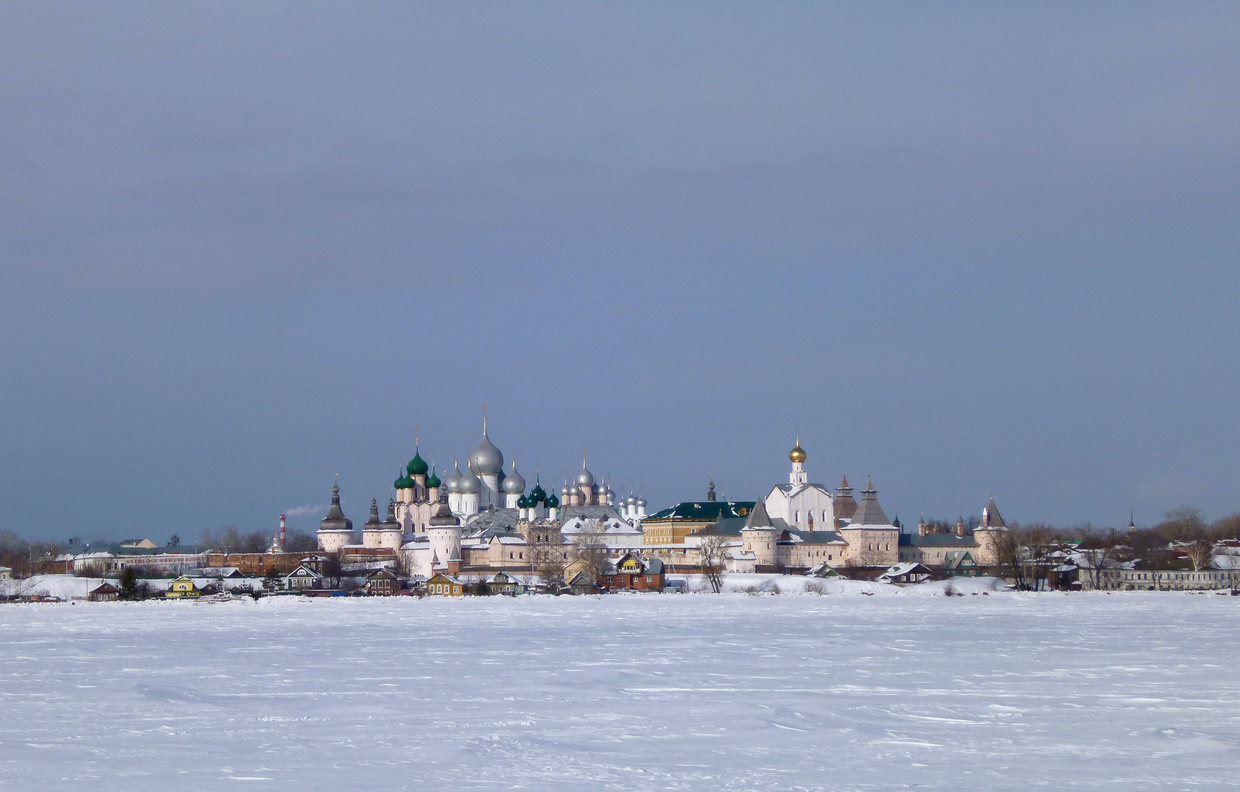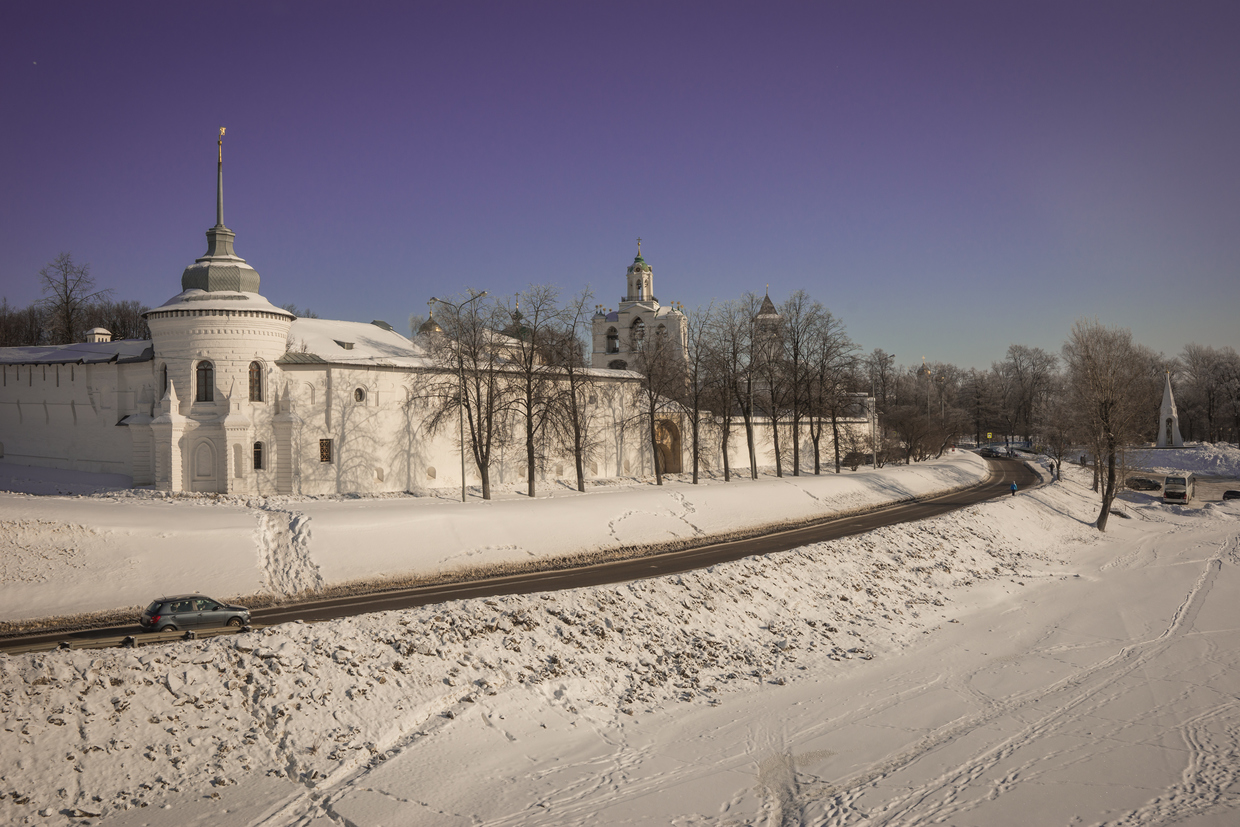History-related tourism booming in Russia (PHOTOS)
President Putin has outlined domestic tourism as among the priorities for the country’s long-term economic strategy
Historic Russian towns and cities have become more popular holiday destinations for Russians opting to book trips online without the help of travel agents, RBK reported Wednesday, citing data tracked by the Association of Travel Aggregators (ATAG).
In 2024, the number of self-organized trips to cities and towns such as Kolomna, Rybinsk, Kostroma, Rostov Veliky, Suzdal, and Shuya — all founded between the 9th and 14th centuries – has soared. Online booking service MTS Travel registered a twofold surge in demand for the destinations.
Earlier this week, the president of the Russian Union of Travel Industry, Ilya Umansky, said cities in Russia’s ‘Golden Ring’ have been experiencing a renaissance, with demand for accommodation increasing by nearly 30% year-on-year.
The Golden Ring unites nine cities and towns, namely Vladimir, Suzdal, Ivanovo, Kostroma, Yaroslavl, Rostov Veliky, Pereslavl-Zalessky, and Sergiev Posad, which preserve the memory of key events of the country’s medieval history. They feature unique monuments of architecture, including kremlins, monasteries, and cathedrals.

© Getty Images / yulenochekk
In June, Russian President Vladimir Putin identified the development of domestic tourism as one of the priorities for the country’s long-term economic strategy. Speaking at the St. Petersburg International Economic Forum (SPIEF), Putin stressed that the share of the tourism industry in Russian GDP should increase to 5%.

© Getty Images / VvoeVale
The regional authorities have recently made major steps towards developing the tourist sector, making visits to Russian cities more attractive. The Union of the Golden Ring cities hold various music, art, and food festivals, as well as sports events and celebrations devoted to Russian folk heroes. They also organize international contests focused on hot air balloons and fireworks.

© Getty Images / photohampster
With Western countries becoming less accessible to many Russians due to visa restrictions and a lack of flights, domestic trips have enjoyed a growing appeal over the past two years. The increased demand has come despite the growing cost of traveling. ATAG estimated that the average cost of a night at Russian hotels in 2024 surged 20% year-on-year. Meanwhile, prices for railway and airplane tickets have grown by up to 30% compared to 2023.

© Getty Images / siete_vidas

